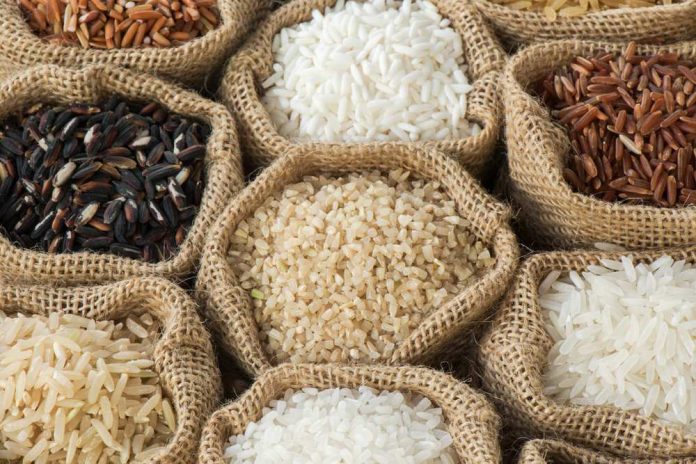
We’ve all heard that fertilizer and wheat production has been severely reduced, predicting serious food shortages to hit Europe. Biden just warned the US to expect food shortages as well. Best case that just means food prices will rise out of control, but we won’t starve. Worst case, people get scared, stock up and wipe out any available foods from the shelves.
Whether you believe in either scenario doesn’t really matter. You won’t forgive yourself later on if you don’t take action and stock up on certain foods in case of a shortage.
Canned foods. Easy. Buy and store. But rice is a whole different animal. It will last 1-2 years in the original bag, but if it’s stored correctly, it will last 10-15 years. There are a number of storage options and each of them have their pros and cons.
Here’s what we’ve learned:
First of all, thank you to ReadySquirrel.com who wrote up what we think was the most comprehensive guide on storing rice. Here’s a summary of the results, but you should really read the entire article to learn more about long term food storage.
Mylar-type Bags with Oxygen Absorbers
Pros: Good for small quantities of food
Cons: Not rodent proof
Mason Jars
Pros: Inexpensive, rodent proof, easy on the budget
Cons: No light shield
Food-grade Buckets
Pros: Good for bulk storage
Cons: Poor oxygen seal
#10 Cans with food-safe lining
Pros: Strong, good seal, no light
Cons: Canning equipment is expensive
We have decided to go with the #10 cans and canning equipment for our family. We’ll share the sources on the best equipment and supplies soon as we figure it out ourselves!
You should read the entire article to get the full details on long term rice storage below. Great read. Here’s the article:
Here’s to your survival!














